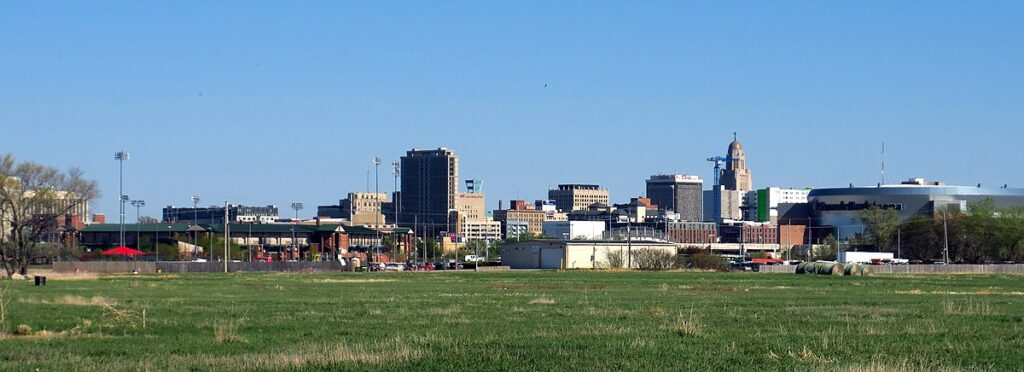
Moving to Lincoln, Nebraska: A Comprehensive Relocation Guide
Considering moving to Lincoln, Nebraska? As the state capital and home to the University of Nebraska, Lincoln blends education, innovation, and livability. Here’s your 2025 relocation guide.
Demographic Profile to Consider If Moving to Lincoln:
Lincoln’s 2025 population is about 295,000 residents. It’s one of the Midwest’s fastest-growing small metros, attracting students, families, and professionals. Find trusted local services for moving, living, and working in Lincoln.Lincoln Relocation Directory
Cost of Living to Consider If Moving to Lincoln:
The median home price is around $310,000, with rents between $1,200–$1,800. The cost of living is below the national average, offering big-city amenities with small-city affordability.
Economy and Job Market:
Lincoln’s economy includes government, education, and technology. The University of Nebraska, State of Nebraska, and major insurers provide steady employment. The startup and tech scene continues to grow, earning Lincoln recognition as a top emerging city for entrepreneurs.
Education:
Lincoln Public Schools consistently rank among the best in the state. The University of Nebraska–Lincoln and Southeast Community College offer higher education excellence.
Recreation and Lifestyle:
Lincoln features 130+ parks, bike trails, and a thriving downtown. The Haymarket District hosts dining, sports, and cultural events year-round. Families enjoy the city’s safe neighborhoods and strong community feel.
Healthcare and Services:
Bryan Health and CHI Health St. Elizabeth provide advanced medical services. Numerous specialty clinics support the metro area.
Transportation:
Lincoln is accessible via I-80 and U.S. Highway 77. The Lincoln Airport offers flights to Denver, Chicago, and beyond.
Conclusion:
Moving to Lincoln in 2025 offers educational opportunity, affordable living, and a thriving cultural scene in Nebraska’s capital city.

